
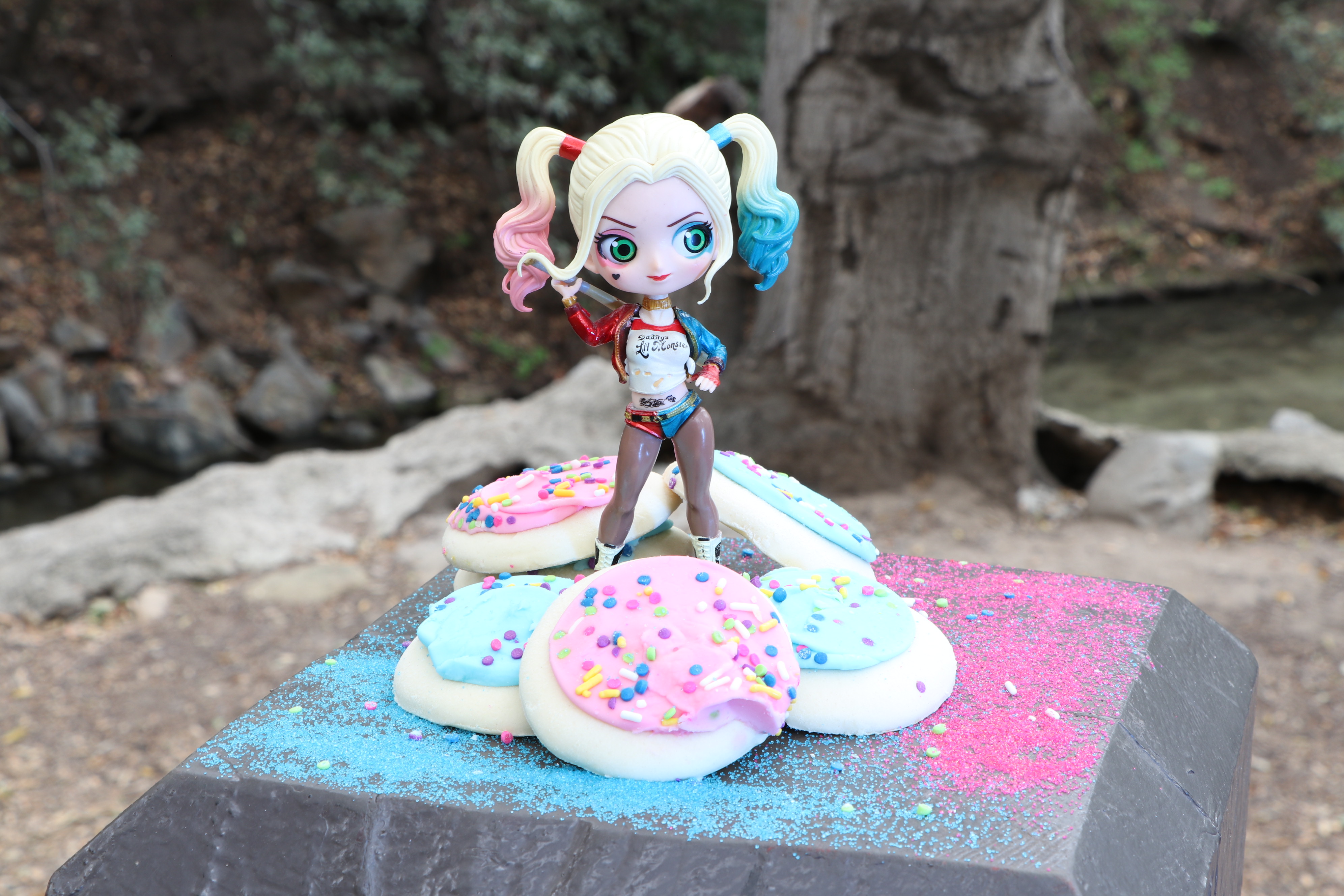
Cloudy day photography settings are different than what you would use on a clear or overcast day. Every time your light changes, you need to change your settings. If you are shooting in a cloudy environment, your light source (sun) will hide and reveal itself often. This can be a pain if you need to stick to a strict timescale. As a rule of thumb, the clouds are going to pull 2-3 stops of light from your scene. You know about Aperture Priority and Shutter Priority, but what about setting your ISO to automatic? Find it in your camera, and go one stop before ISO 100. It should say ‘A’ where the numbers are. Your other settings will stay the same, but your ISO will increase from 100 to 400 or 800, depending on the light. Keep in mind that you need to use manual mode. It helps you find the best exposure setting with the available lighting conditions. Remember, when you shoot in RAW, it is always better to underexpose if it is hard to meter the light well. You can edit it easier than an overexposed shot afterward.
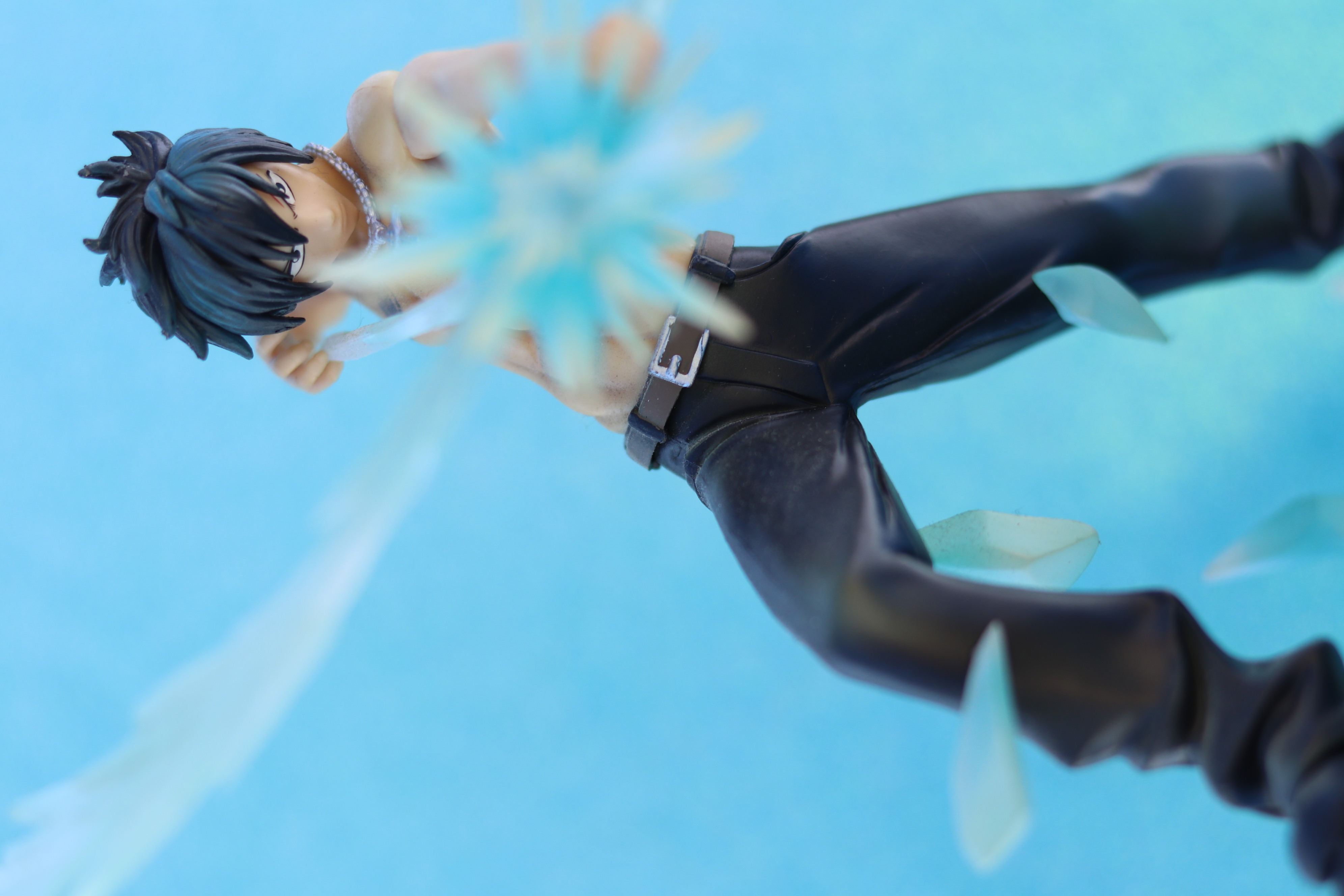
A lens’s aperture is the adjustable opening that controls how much light enters the lens. It is specified by the f-number, like f/2.8, which is the ratio of the lens’s focal length to the visible size of the adjustable opening. All else being equal, a wider aperture gives a more blurred background.
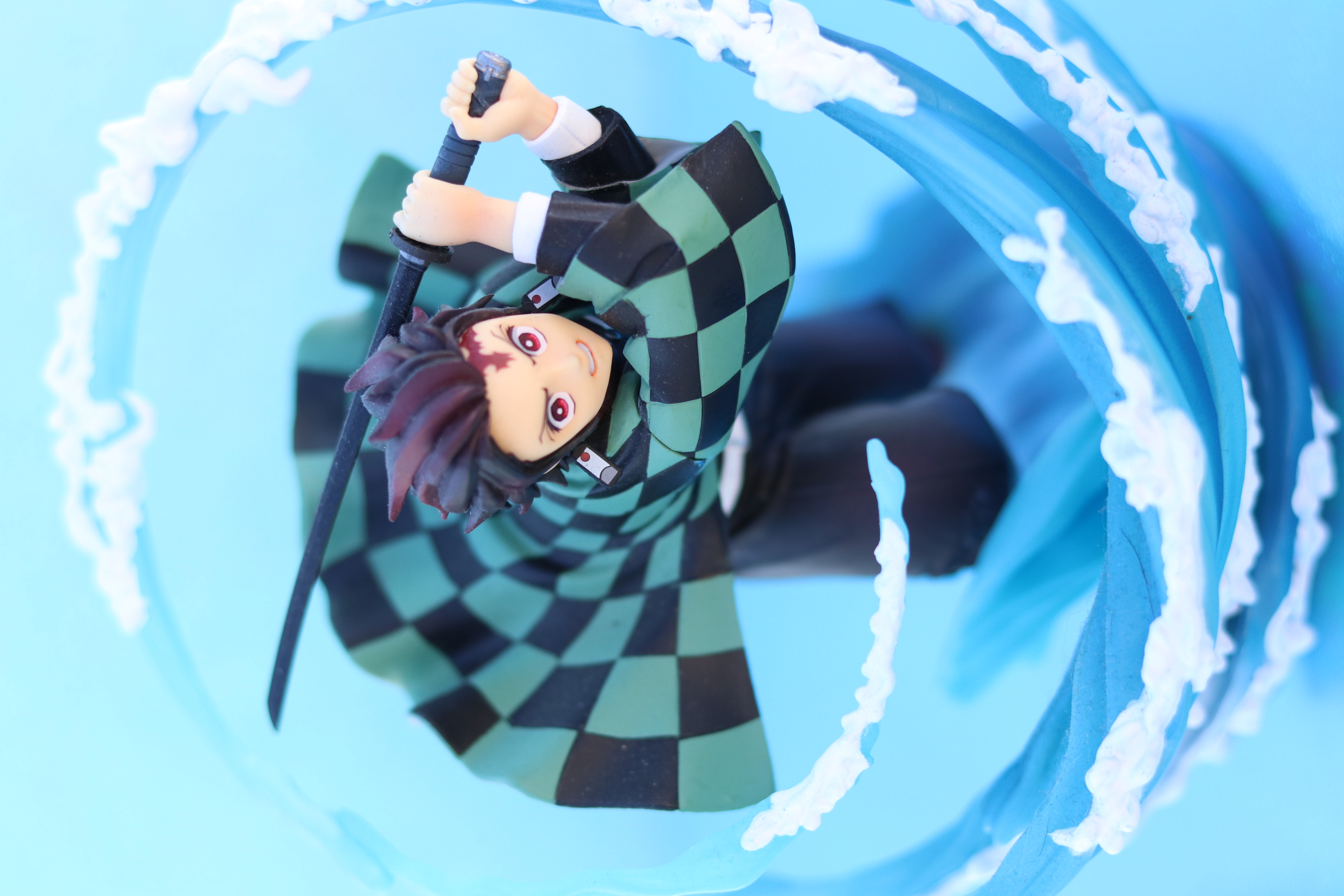
In close-up photography, it’s important you choose a great angle. You want to portray your subject in a way that shows off its shapes and colors. And you want to take an intimate portrait – one that brings the viewer into the subject’s world. That’s why I recommend that you shoot on a level with your subject. What do I mean by this? Simply position your camera so that it’s ‘eye-to-eye’ with your subject. You want to feel like you’re looking straight at the subject. You’ll probably have to crouch down low to capture this angle. You might even have to lie on the ground. But… It’ll be worth it, in the end.
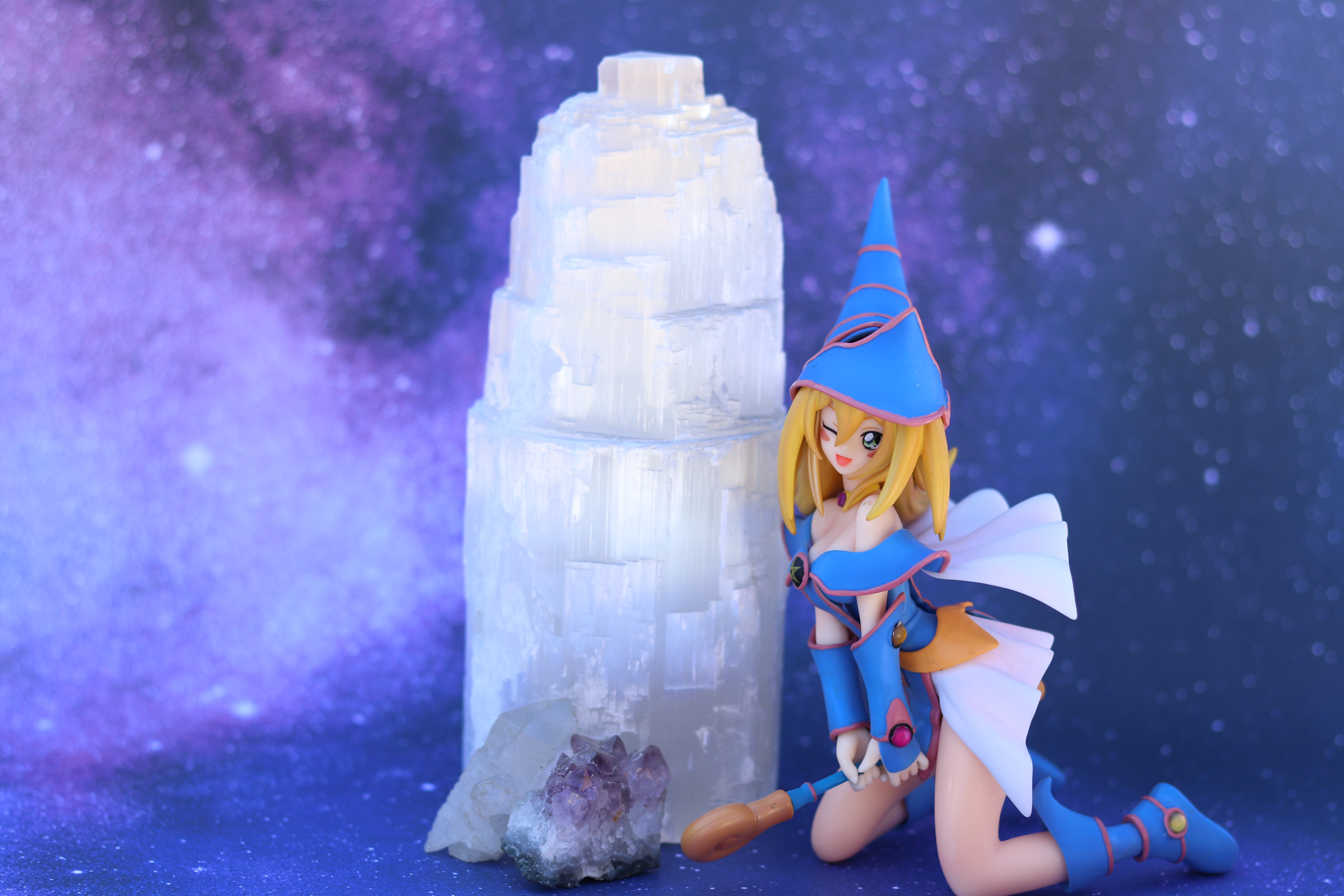
Taking photography to a fun and whimsical place, bold colored photography backdrops are able to bring some brightness. Something interesting to note when shooting with colored backdrops in photography is by lighting both the subject and the backdrop individually, you’re able to create a variety of colored tones through one backdrop. If deciding to shoot with colored backdrops, it’s very important to learn the dynamics of color and color theory – as it can help cohesively pull your picture and shoot together.
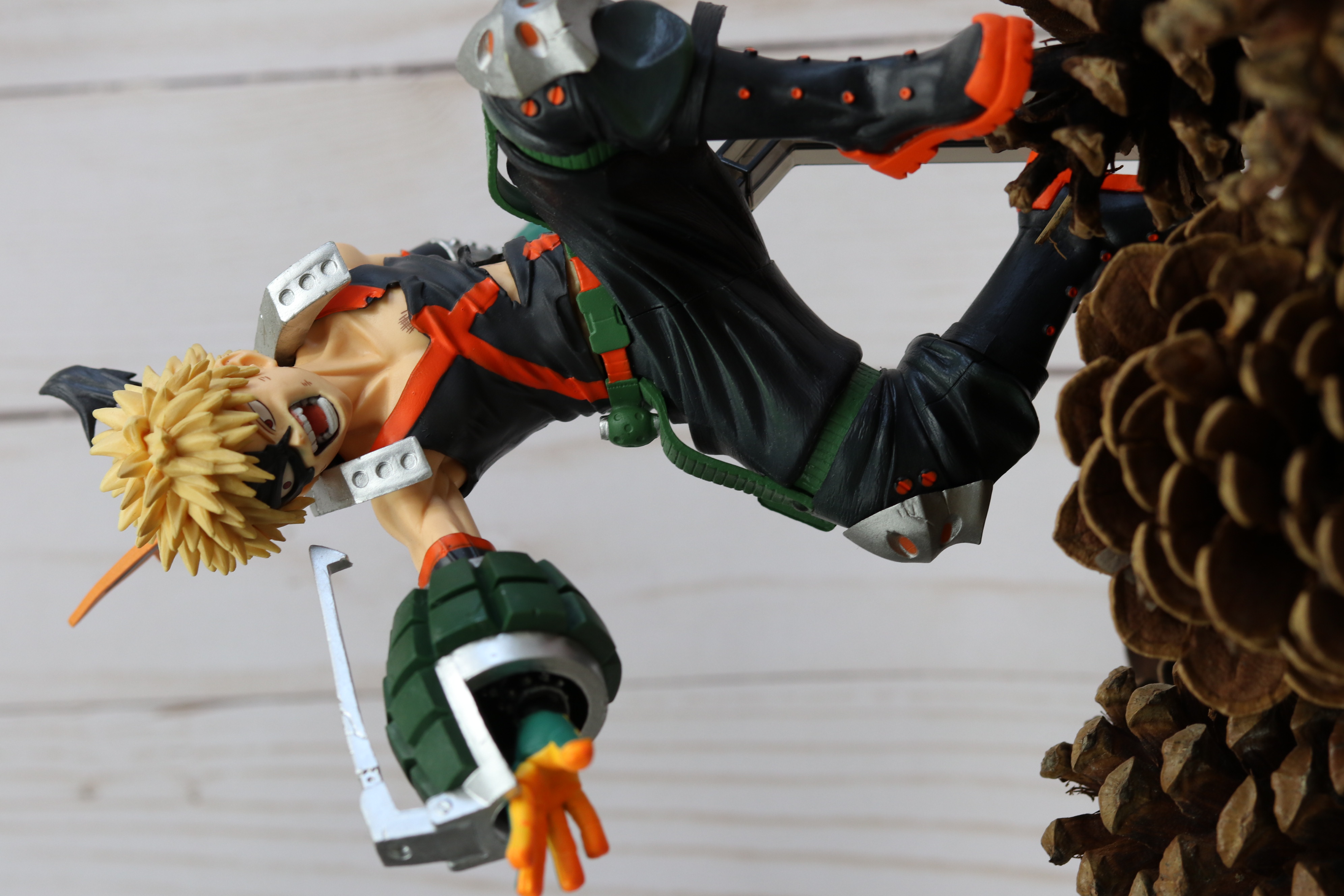
When it comes to still life photography, “nothing is moving, and you’re in complete control,” according to experienced photographer and teacher Ben Long. He continues, “It’s a fantastic challenge for your compositional skills because it’s entirely about form and a pleasing arrangement of forms within the frame. The image needs to be well balanced and have an interesting geometric play. Everything that you’re doing in the frame is guiding the viewer’s eye.”

The Hue/Saturation adjustment is found in most image editing applications, and offers one of the best ways to change colors both globally and selectively. In Photoshop, the Hue/Saturation tool has three adjustments: Hue (color balance), Saturation (the intensity of color) and Lightness (a combination of contrast and brightness). When used individually or in combination, these adjustments can have results as dramatic as the complete transformation a scene or be used for more subtle enhancements in specific color ranges.
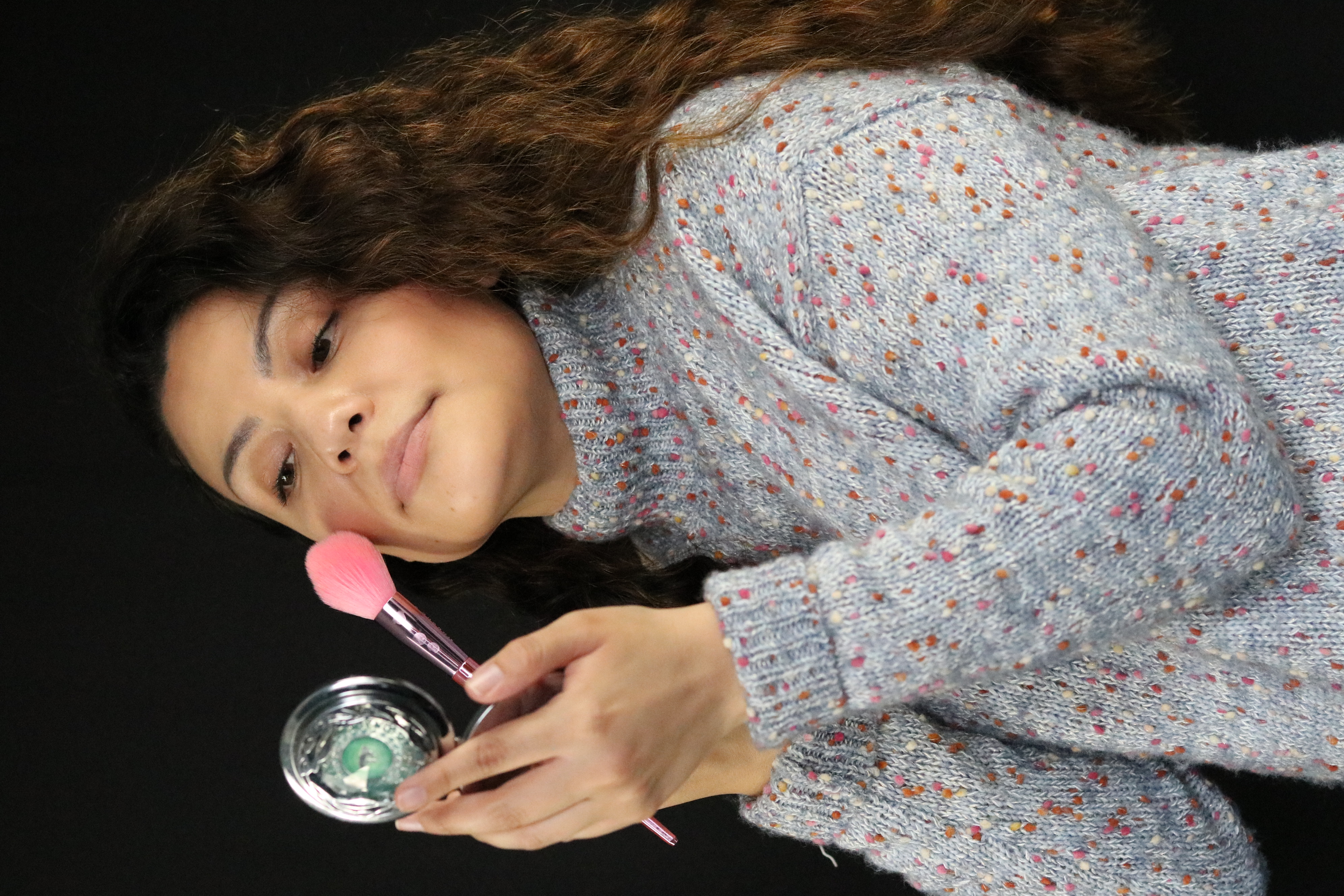
Portrait photography is about capturing the essence, personality, identity and attitude of a person utilizing backgrounds, lighting and posing.
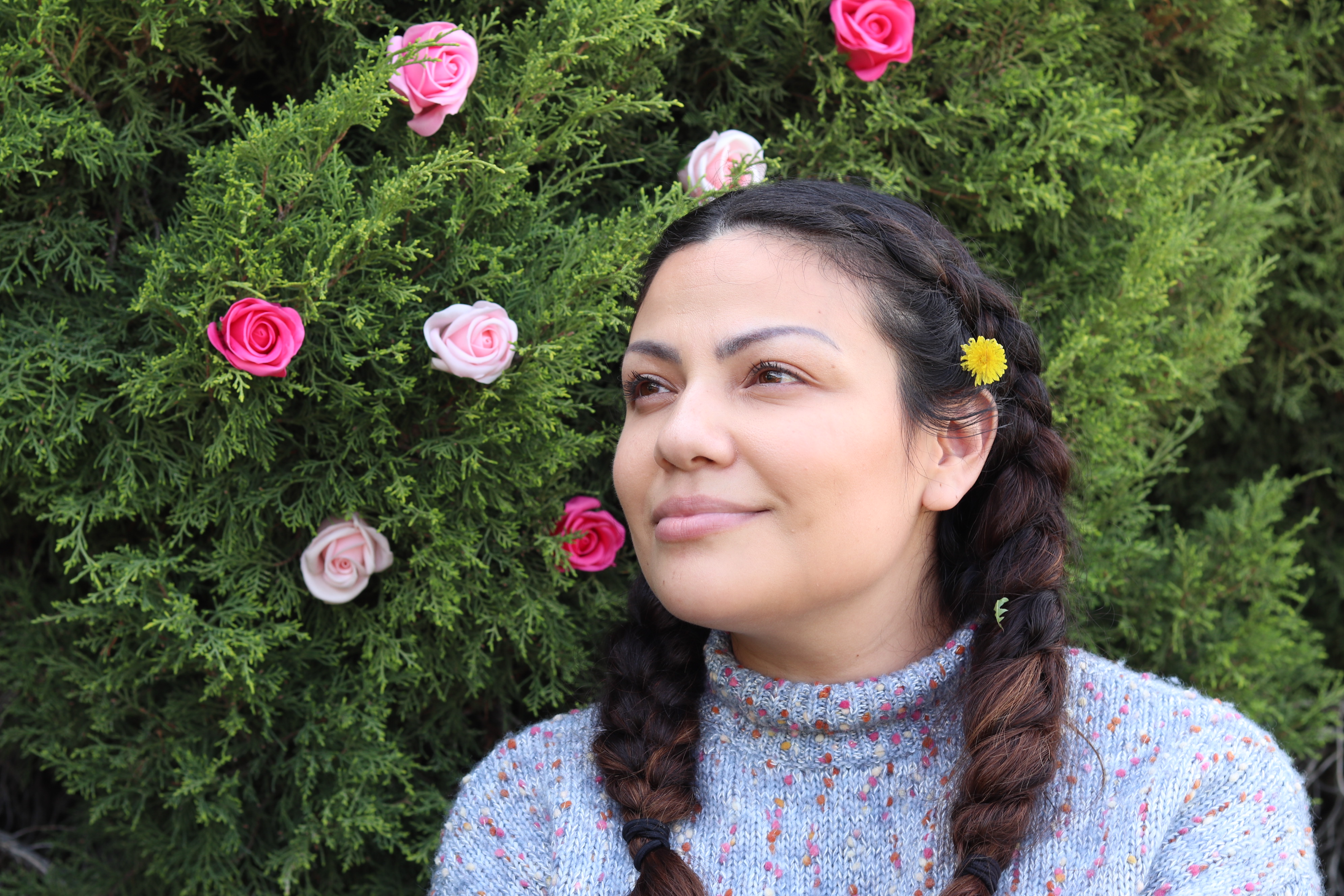
Lighting a portrait photograph is one of the most crucial aspects of portrait photography as different lighting setups can create a whole different attitude/emotion of the portrait.